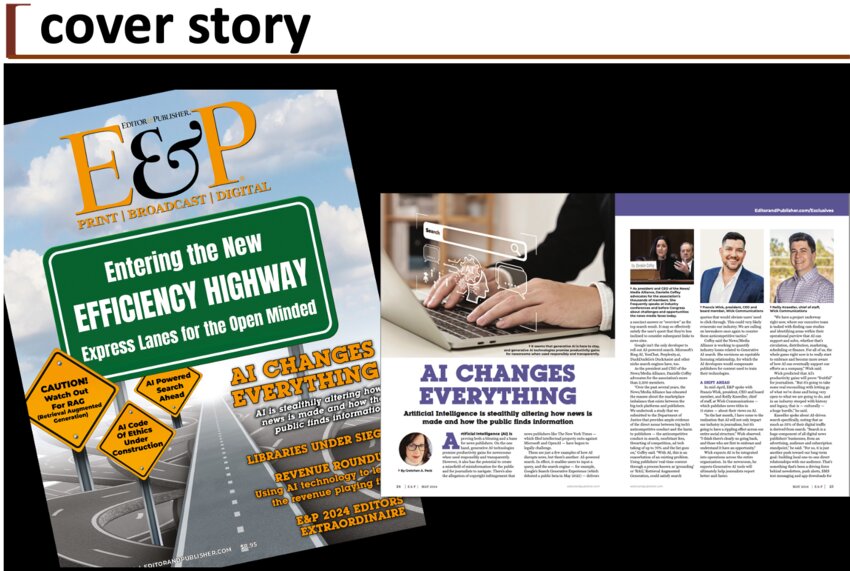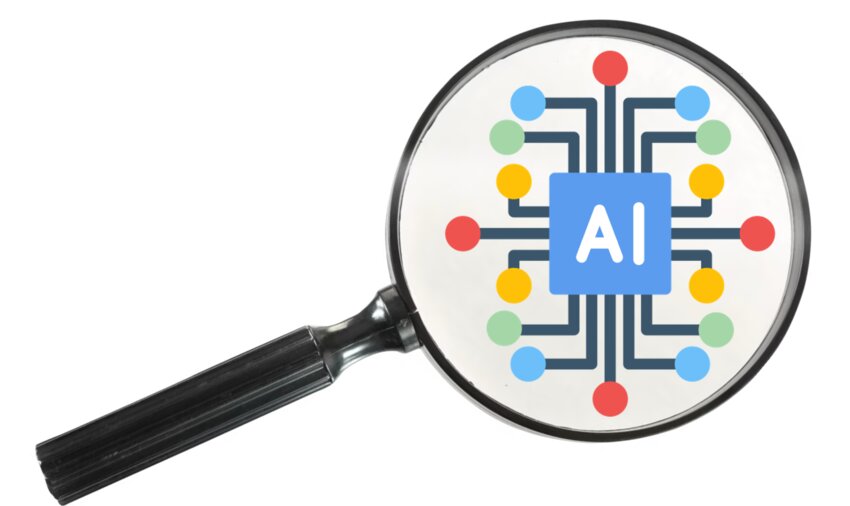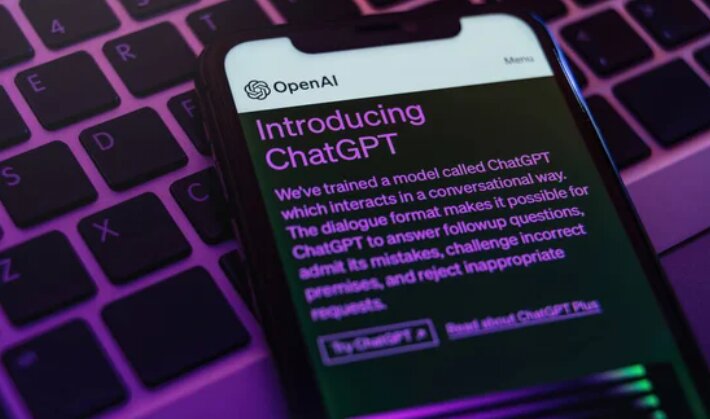Latest Exclusive Tech Reporting from E&P

If we were to tell you that more people have VR headsets in the U.S. than those who subscribe to a newspaper — print and digital subscriptions combined — would you consider it a viable new frontier? The reality is extended reality (XR) — the catch-all term encompassing virtual reality, augmented reality and mixed reality — has slowly grown under the radar.
In recent months, the amount of organic search traffic Google has been sending to publishers has fallen off a cliff. Newsrooms nationwide — from Boston to Seattle, from the Jersey Shore to Southern California — have watched their formerly reliable search traffic numbers and page rankings plummet. The big question is — why? Well, it’s complicated.
Tech Talk
The landscape of local television is undergoing a seismic shift, driven by technological advancements and changing viewer behaviors. As cable and satellite subscriptions continue to decline, local news stations face consolidation, network affiliate programming transforms, and new opportunities emerge for innovative content delivery. These trends not only challenge traditional broadcasting models but also open up avenues for news publishers to reimagine their roles in serving local communities. E&P's Guy Tasaka explores four key predictions that outline the future of local TV and strategies for thriving amidst this disruption.
News Media Today
The pace at which generative AI is overtaking the tech world is causing a wave of anxiety to ripple through the world of journalism. What is the advice from Will Oremus, who covers AI and technology for The Washington Post, and other tech experts? Proceed with caution.
Local television is experiencing significant changes, including the push from networks to move top shows to streaming platforms, audience declines, and the rise of free ad-supported streaming TV. These changes have resulted in a decline in retransmission fees, increased pressure to produce varied content, and a shift in revenue models. Despite these challenges, local content still has value, and local broadcasters can engage with their communities in new ways, pivot their business models, and find new revenue streams.
Artificial Intelligence (AI) is proving both a blessing and a bane for news publishers. On the one hand, generative AI technologies promise productivity gains for newsrooms when used responsibly and transparently. However, it also has the potential to create a minefield of misinformation for the public and for journalists to navigate.
Tech Talk
In this month's column, E&P columnist Guy Tasaka shares some thoughts on what the future local media website looks like and how local media publishers can thrive in the new environment. As you read his thoughts, consider that any local presence that has the legacy trust can take this playbook and run with it. It could be the two largest television stations in the market, the public media company, the big university or the local chamber of commerce. There are no swimlanes anymore, and local media 3.0 will be a winner-take-all race.
AI is now powering an upheaval of the search economy that could devastate news publishers desperately needing good news. For the first time since it became the world’s largest search engine in 2000, Google’s dominance in the search market is facing a serious threat. One of the challengers, Perplexity, shoots back short, AI-generated responses to direct questions. Is it perfect? No. Is it pretty useful? Of course. But it comes at a terrible cost to publishers.
Tech Talk
Your website is where all your focus needs to be in 2024 and beyond. It is the connection to your local audiences — both consumer and business. It won’t go away, so how do we make it the best and most profitable it can be?
News Media Today
Are AI-powered chatbots covered under fair use laws, or are they stealing copyrighted content at the expense of the newsrooms that paid to produce it? Sen. Josh Hawley, a Republican from Missouri, has been partnering with Connecticut Democratic Sen. Richard Blumenthal on legislation that would help news organizations grapple with quick-moving changes in the tech world.
Tasaka’s Tech Talk
Guy Tasaka, founder and managing partner of Tasaka Digital, suggests that newspapers have spent the past 15-plus years solving the wrong problem because "we didn’t understand our business model. The bad news was we were improving at solving the wrong problem and accelerating ourselves out of business."
Tasaka’s Tech Talk
In celebrating the first anniversary of ChatGPT on Nov. 30, it’s remarkable to consider how this “modern” artificial intelligence, better known as ChatGPT, has evolved from a niche tool into a global phenomenon. It's the most transformative technology since the introduction of the internet, but it's evolving 100 times faster.
Tasaka Tech Talk
By now, you’ve likely heard incessantly about ChatGPT. With OpenAI’s revolutionary tool nearing its eight-month mark, there’s no doubt that generative AI is here to stay.
But why should you, as a media executive, also invest time to comprehend JAMstack and No-Code/Low-Code (NC/LC) technologies?
These essential components, for building a solid infrastructure, may just be what you need to propel your business forward.
Tech Talk
Local Media 3.0 has been in the making for the past decade, but it's now ready to disrupt the industry with new rules, parameters and tools. And, the media landscape is vastly different. There are no barriers to entry in local media, meaning newspapers, television and radio are no longer protected by their capital investment moats or FCC licenses.
E&P welcomes our new technology columnist Guy Tasaka, with this 1st monthly: "Tech Talk."













